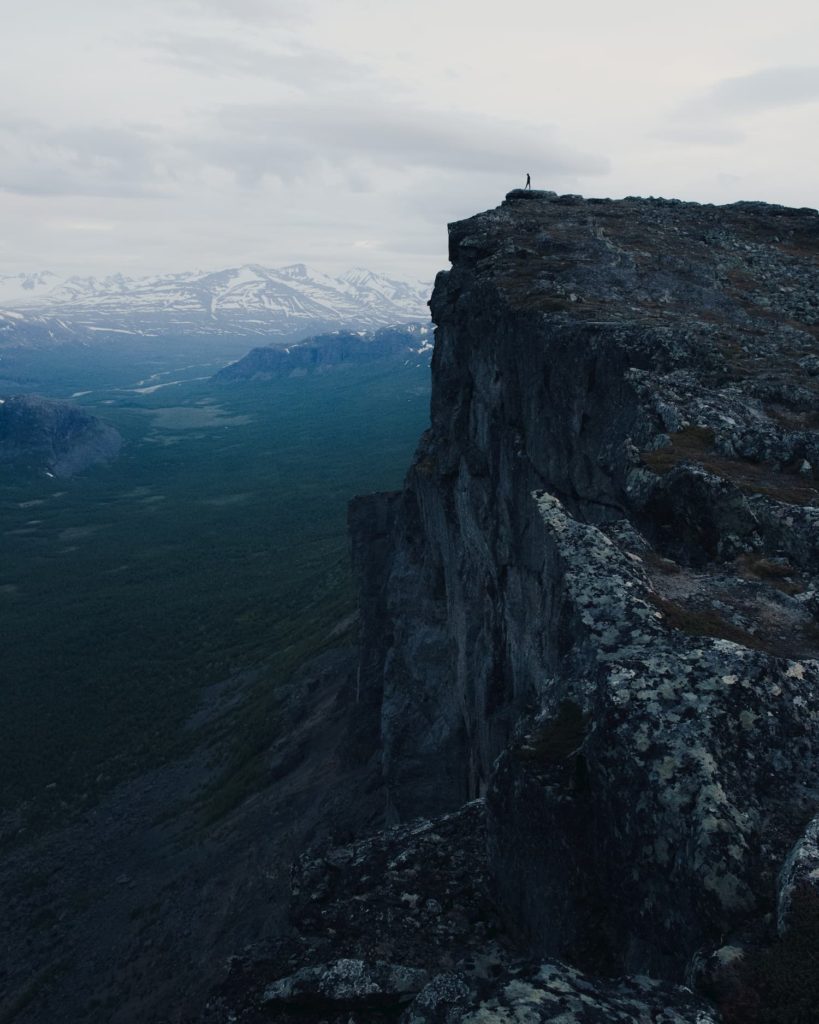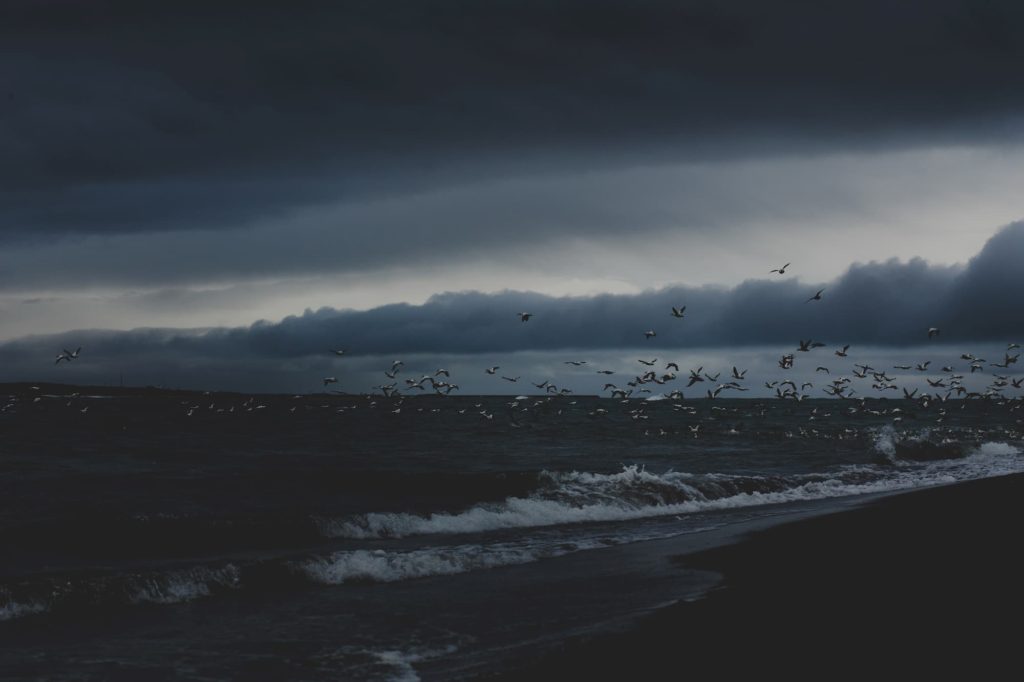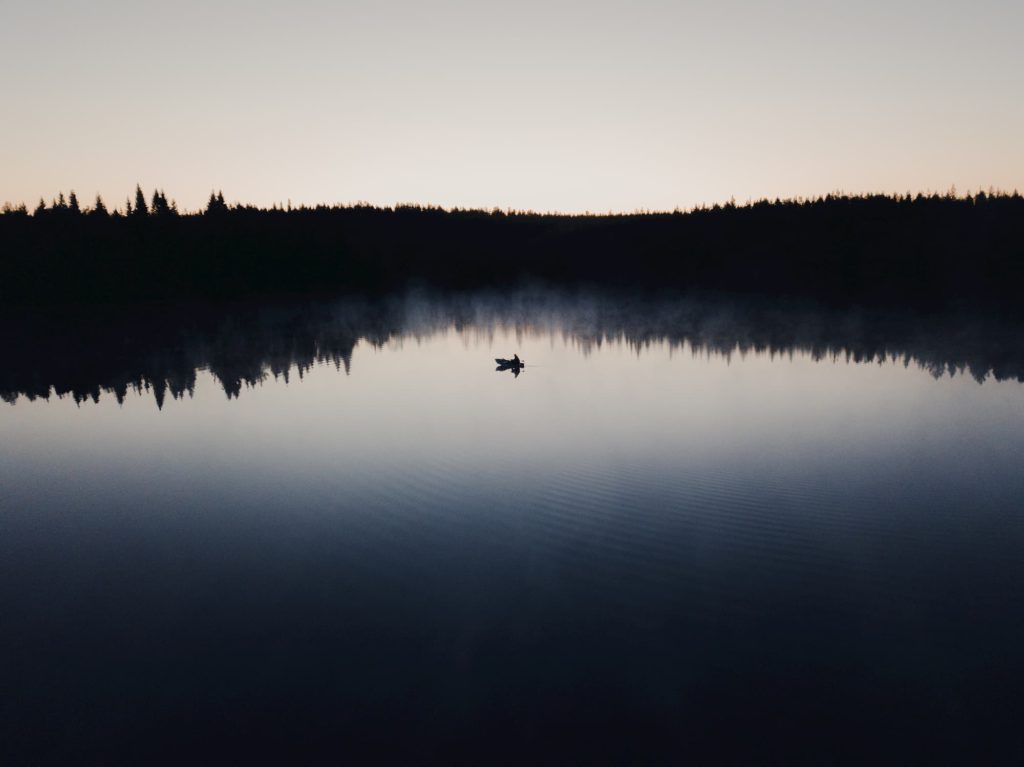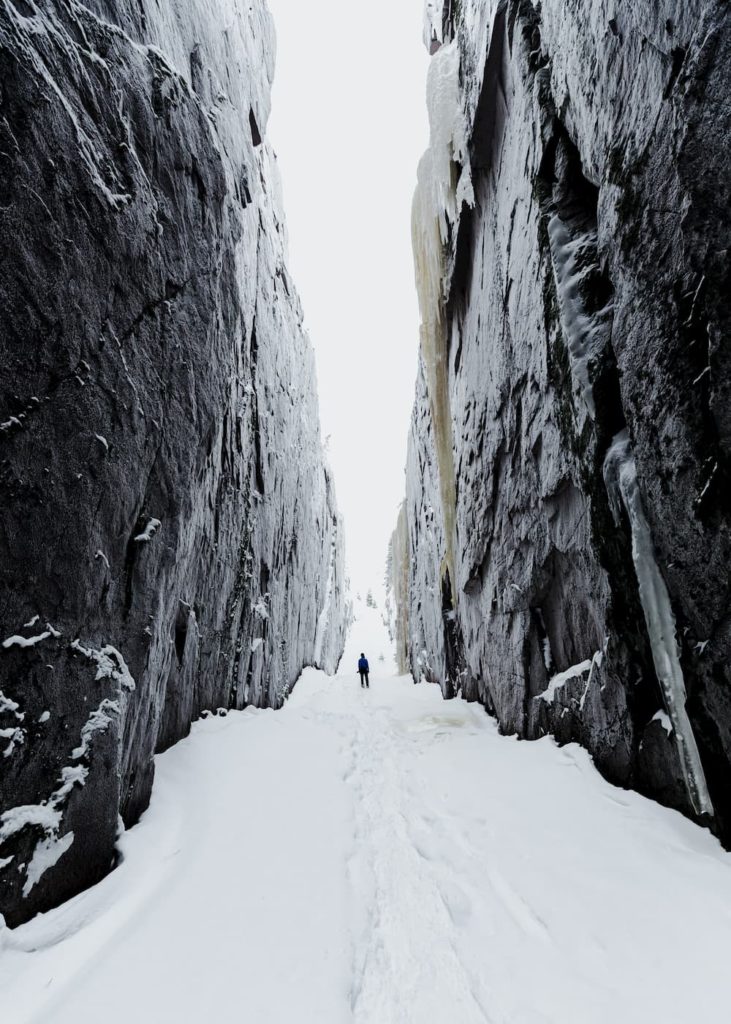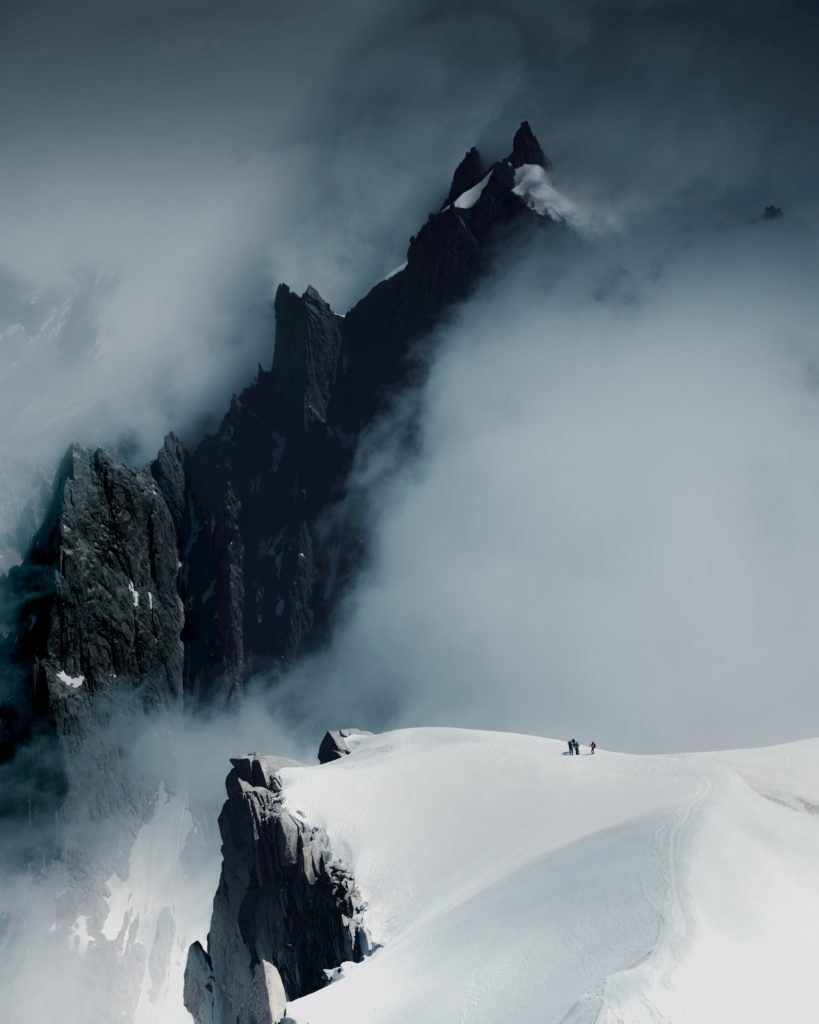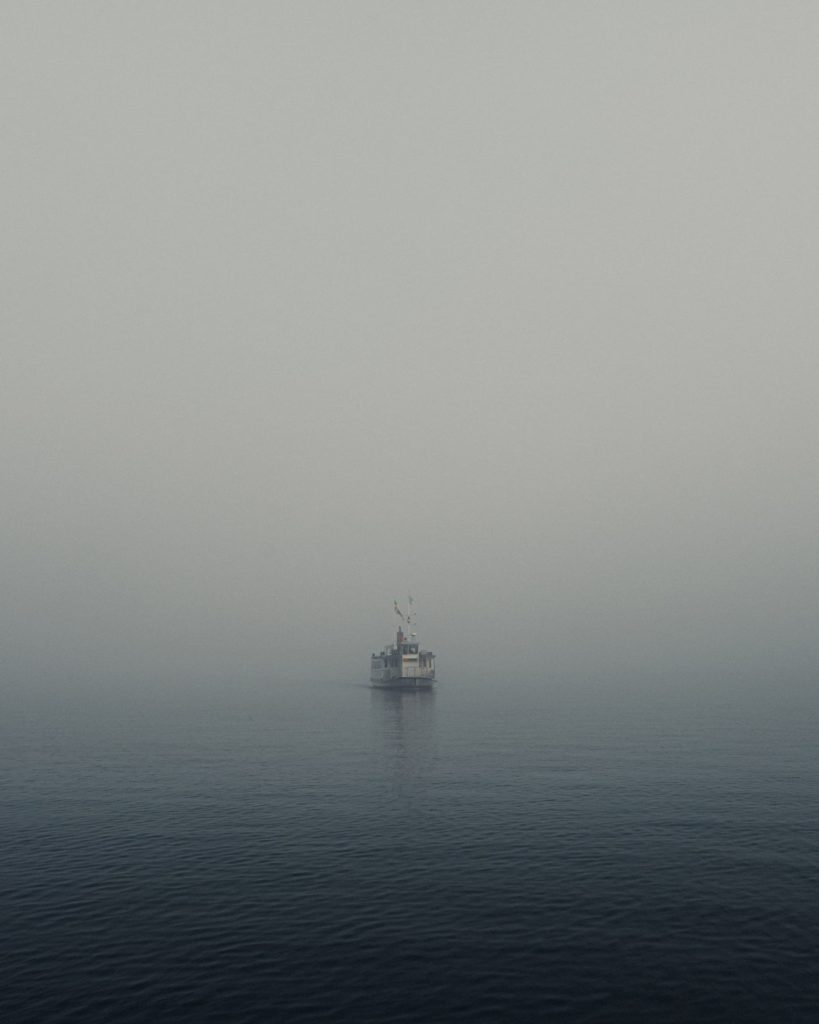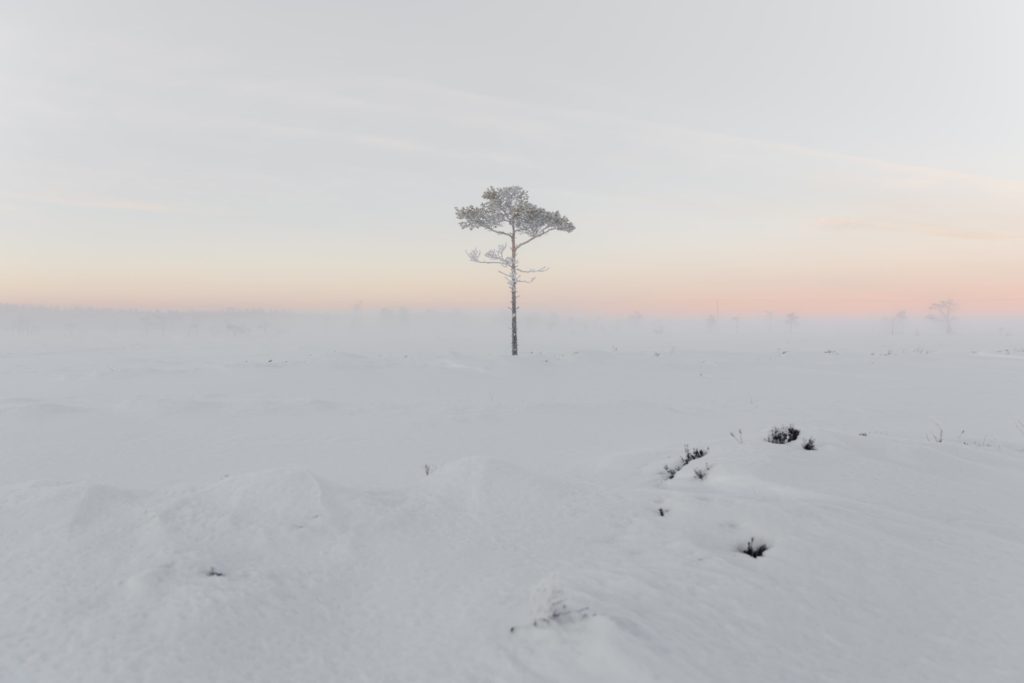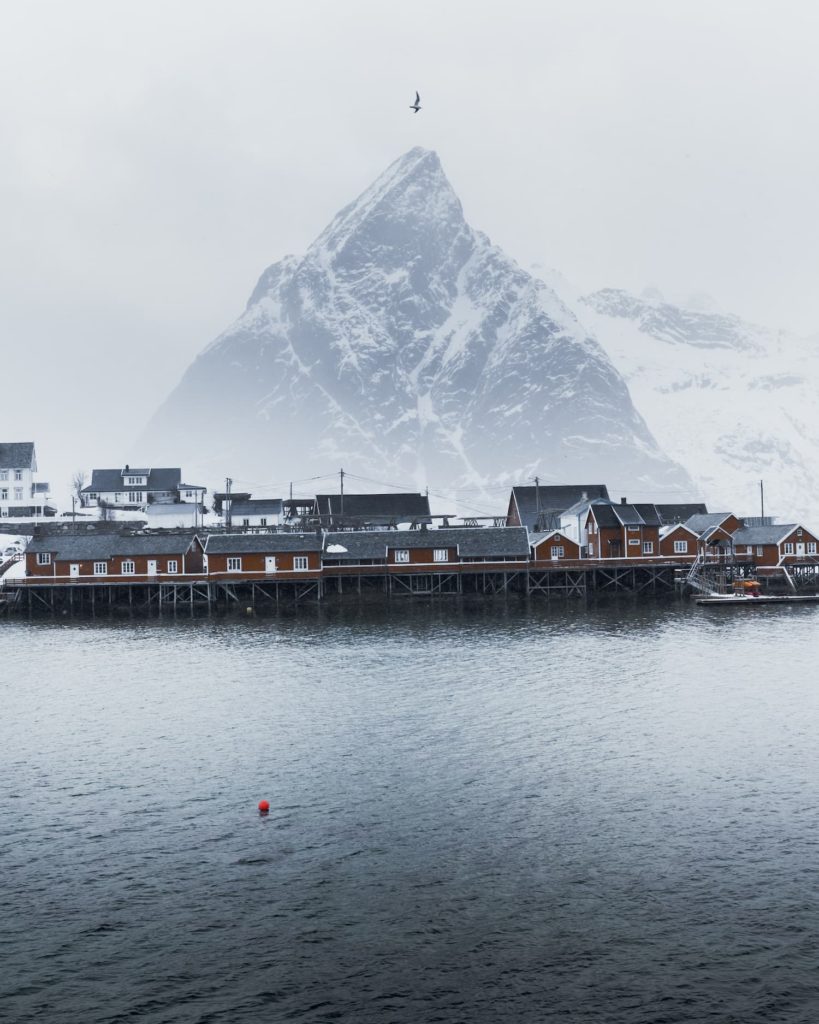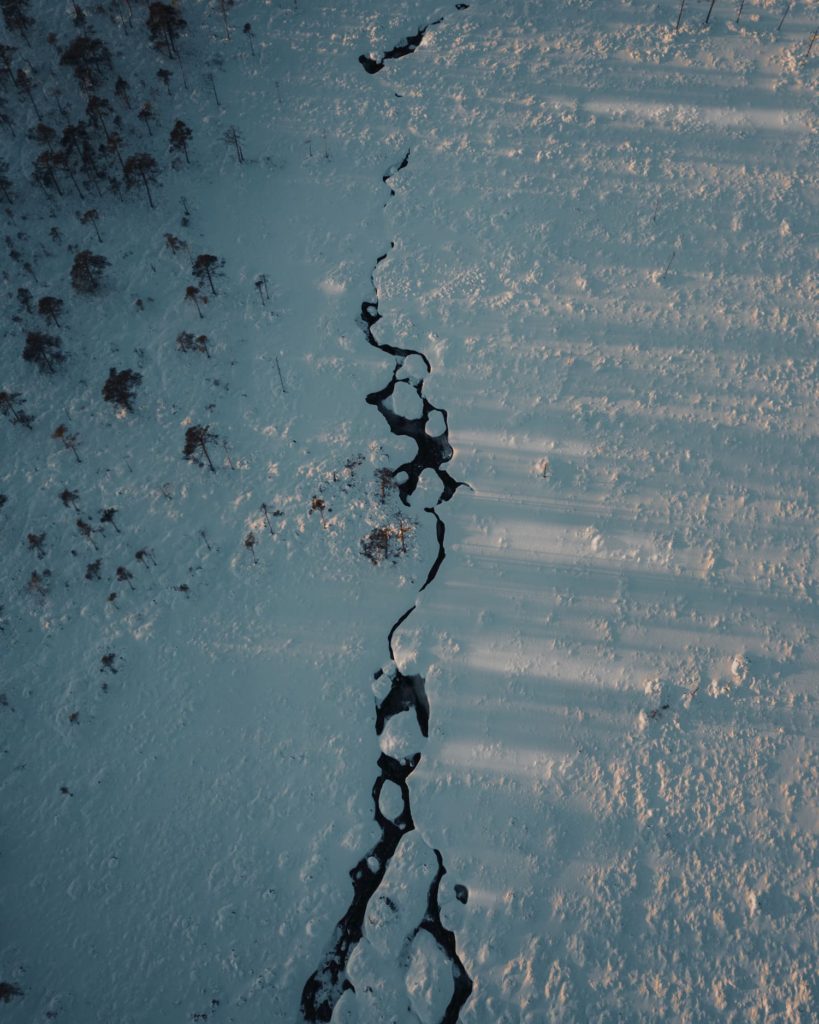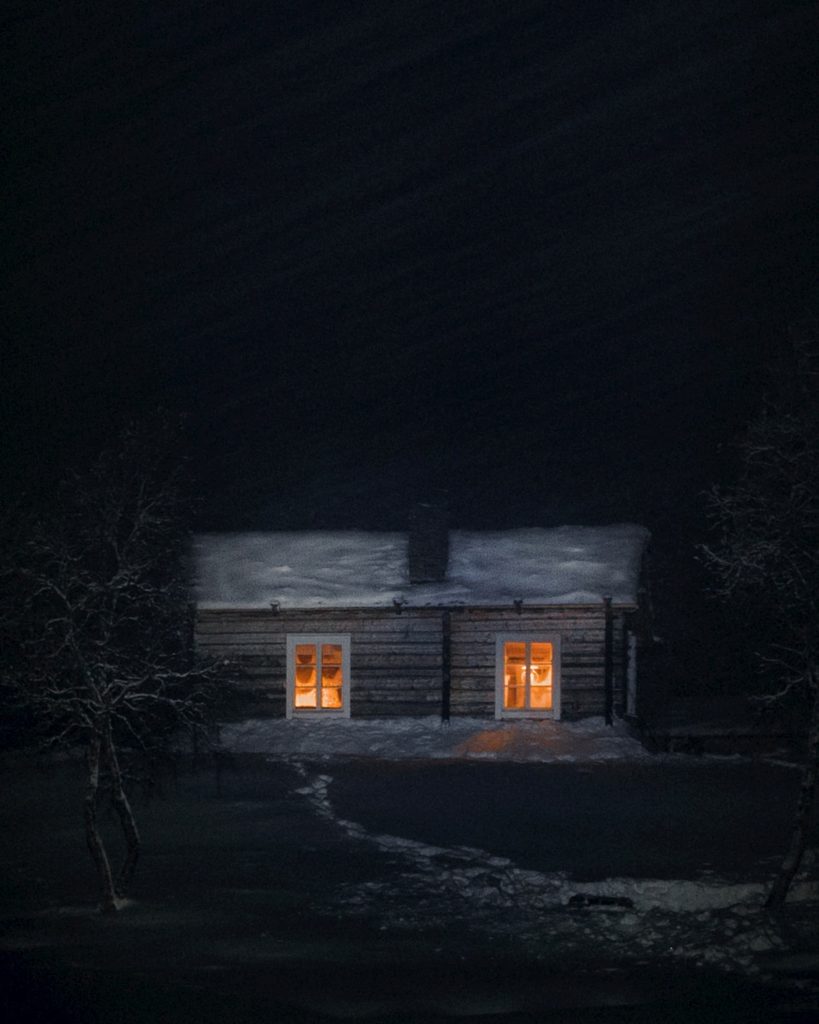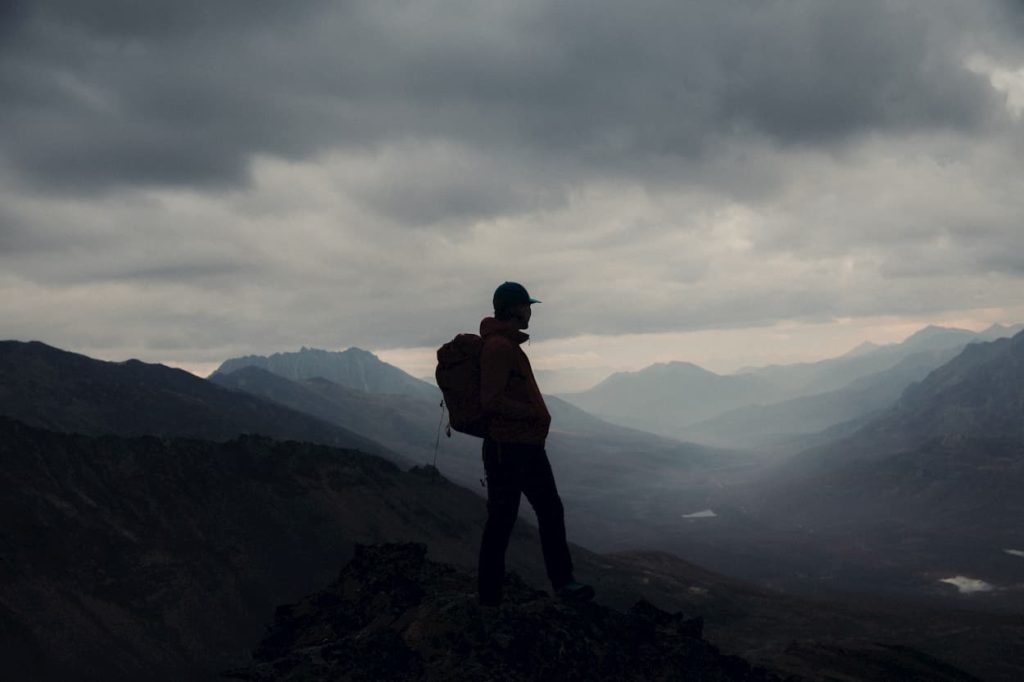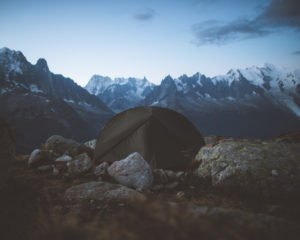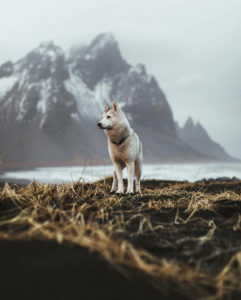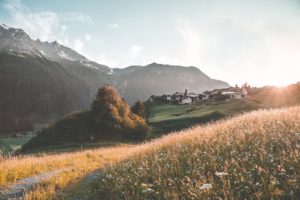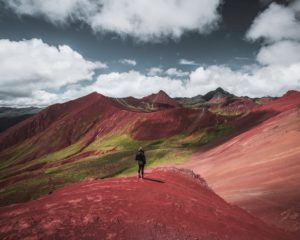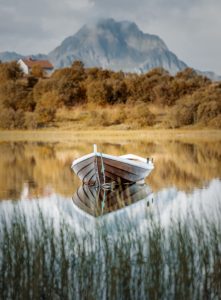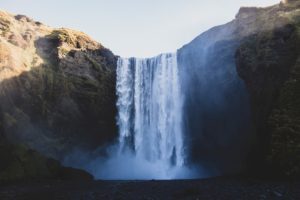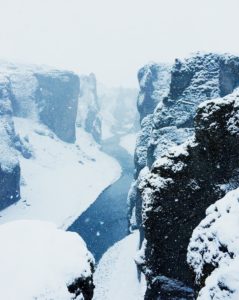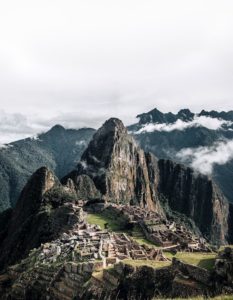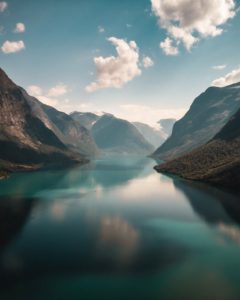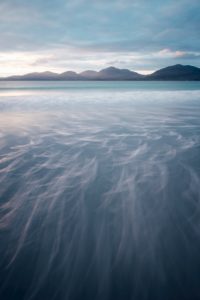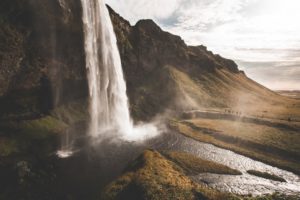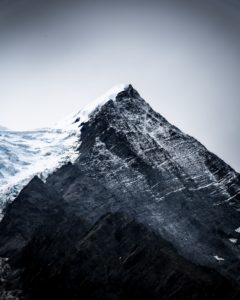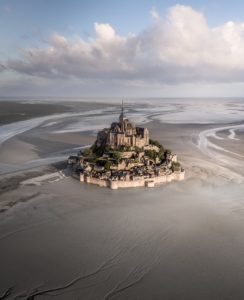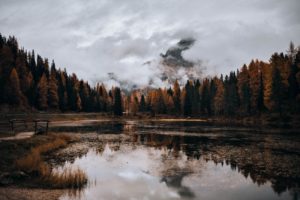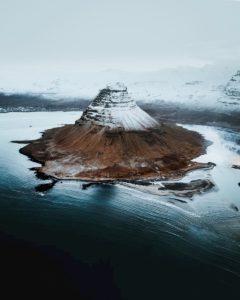
Benny Byström
@bennybystrom
Photographer based in Sweden
Introducing Benny Byström
Inspired by the north, Benny is a freelance photographer based in Sweden. In 2015, he got himself a camera and with that, he rediscovered the meaningful places from his upbringing. This was what shaped the contours of his creative identity, the isolated northern landscapes providing him with a particular energy.
It took Benny some time to seriously consider turning photography into a career, he had a degree and a good stable job – it didn’t make sense leaving that path, he thought. However, a seed was planted and kept growing. The idea of making a living out of his passion getting stronger. Early 2018, he finally decided to try photography part time. Having supportive friends who were already doing freelance photography convinced him to take the leap.
Having negative thoughts is normal, making that you sometimes get stuck without any glimpse of creativity. This may be scary, especially when you depend on it to earn a living, but Benny has an inner engine that brings him back on track. We all have, he says. “I try to see feelings as guidelines and I think it’s sound to now and then question what is real and what is not. Feelings are not always aligned with reality.” Talking with friends or simply focusing on “doing”, helps him to step out of the negativity and get back to the flow of creativity and inspiration.
Using a minimalist style, Benny wants to grab hold of the viewer and makes them reflect on what is important in life. He has always been attracted to the minimalist style and knowing why he enjoyed a photograph helped him to improve his photography. “Putting words on why I liked certain images helped me, I then tried to achieve the same results, eventually adding a personal style”, Benny explained.
That is also one of the tips he gave away. If you want to get better, it’s all about learning – to shoot as often as you can but making sure to learn along the way. You have to invest in yourself if you want to be the one steering your life into a certain direction.
Read more of his tips and about the editing of his three favorite minimalist photographs in the full interview!
Interview
Welcome Benny!
To start with, can you take us with you to the moment you discovered photography? What sparked that passion within you?
I remember using my ex girlfriend’s old DSLR when living in London 2006 but it was only five years ago, in 2015, that I got myself my first camera. A few months before that I was really getting into mobile phone photography and I was chasing those small photo moments every day. Along the way I also discovered mobile editing through VSCO, which sort of made the experience so much richer. I didn’t have a defining moment where it all just happened but getting my first compact camera and starting using lightroom definitely was a game changer and a time where photography had become such a strong passion for me. When I started to take photos with my smartphone I also got very into Instagram and it was something really appealing to me being able to measure engagement and your following (which I now know isn’t all good for you). I’ve always been a sucker for competing, or I’ve had a hate-love relationship for it so in that sense Instagram was the perfect platform for me. And of course all the inspiration I got through the app played a huge part in investing in my newly found passion.
What encouraged you to take photography seriously and turn it into your full time job? Can you tell us something about how the process from amateur photographer to professional went for you? What were the highlights and what were the lows?
Through Instagram I early on made a few friends who were in the same situation as myself or working as freelance photographers. For me it took some time to seriously consider turning photography into a career. I had a degree and a good stable job and it didn’t make sense leaving that path. A seed was surely planted though and during a photography mission in early 2018, I finally decided to try photography half-time. Eventually it didn’t work out with my current job so I resigned and decided to give it all.
"I realise having a few friends working as freelance photographers at the time was necessary for me making the leap."
In your Instagram posts, quite often you mention how the north inspires you and your art. What makes the north so inspiring to you? And to step out of generalizations, to what extent does that differ from country to country?
I guess the path I’ve chosen is a lot about exploring new territories (both literally and metaphorically speaking). Through the camera I’ve had a chance to revisit old places from my upbringing, and I’ve come to realise that these places mean so much more to me than I originally thought. I think they give me a sense of comfort, and help me shape the contours of my creative identity and a starting point to navigate from. The fact is I didn’t appreciate the north of Sweden very much growing up there – the bigger cities felt much more enticing with all the possibilities they held.
For me the north is much more covered in mystery, darker, less explored and definitely colder.
"I’ve always found joy and energy from melancholic music and the isolated northern landscapes gives me just that."
You wrote: “I feel like I’ve learnt a lot creative wise past weeks. New assignments, trying out new edits, graphic design, touching on film, seeing new places etcetera. Even altered my breakfast habit. Feels good to be in a creative flow. In fact, as a creative, most of the time you find yourself stressed out for not being good enough, innovative enough, interesting enough. Worst case; the feeling of being ordinary.” As you mentioned, feeling stuck as a creative can be quite hard. How do manage to overcome these situations/moments and keep creating meaningful content that you and your clients enjoy?
When I’m stuck in these negative thoughts for a few days, then the overall movement forward – the inner engine- is bringing me on the right track. That’s my interpretation at least. Having your emotions dictate your circumstances is a pretty dysfunctional road to walk down. I try to see feelings as guidelines and I think it’s sound to now and then question what is real and what is not. Feelings are not always aligned with reality. As soon as you break free from the negative bubble – which can be done by just sticking to your daily to-do-list – you’ll have the wheels slowly spinning again. Or call a friend for some positive words or even go out for that run.
In this sense, could you let us know what inspires you?
Right now I’m fascinated with composition of text in images. I’ve come to realise making a poster, for example, is so much harder than it looks and that there are some firm thumb roles to hold onto.
“December 22, the darkest time of the year in the Northern Hemisphere. It’s something about lighting candles or putting on a fire in the dark and the cold. Something that always reminds me of being a light wherever you are. Of being kind and helpful to whoever you meet. Always.” I think this is a strong and powerful quote, a great approach in life and something we should all bear in mind… We all learn as a result of difficult situations, which in the end make us stronger and more positive. To this day, what has been your biggest personal and professional challenge? How overcoming those challenges contributed to your confidence and growth as a human being and artist?
A few years back I started to have a hard time speaking in front of groups of more than 3-4 people. It was tough even presenting myself. I took it seriously and got professional consulting which helped me to understand why it was so hard for me. Now I consider myself a good speaker and I don’t shy off entering the stage. This has served as a good example of empowerment for me. Something I remind myself of daily to boost myself.
I’ve faced a few hardships over the years. We all do. However I always try to learn something from those situations. Life is about learning for me, it’s inevitable if you have a desire to steer your life in your own direction.
"I think it’s also important not to dwell over things you can’t control. You just have to accept that life is full of surprises - pleasant ones and less pleasant ones."
The following also caught our attention: “That minimal approach has always been so attractive to me. I don’t know what’s so appealing, if it’s strictly a way for me to organize things in my head, or if it’s about the aesthetics. It’s often hard deriving your preferences or behavioural pattern, I find.” Looking back to your photos, would you be able to select the three minimalist photos you like the most? Also, can you explain how you approached the edit of these photos?
Minimalist 1.
First of all; I always make sure that the image is straight, the crop is balanced and the image is tidy. For me this image represents calmness, mystery and beauty and I felt my type of edit would fit perfectly for conveying just that. Very few colours and a lot of negative space. Given the fact that no one else took photos of the ferry as it suddenly revealed itself through the fog, made the experience all the more special. I felt I came home that day with a precious treasure (and experience) in my pocket.
Minimalist 2.
It was one of the few cold winter days in Stockholm where the temperature had dropped to minus 10 Degrees Celsius and a blizzard rushed through the city. When editing this image I emphasized the haze in the path and made the trees slightly darker – using to create something close to a vignette… In terms of getting the message through I felt this image spoke pretty much by itself. My hope is that the viewer feels the silence, the force, the sheer cold and beauty.
Minimalist 3.
Oh boy, this was a day for the books. I remembered the sun set at around 1 pm, and the cold hit hard. I laid my eyes on this one lonely tree that stood out, and the haze thickened behind it which created a feel of isolation. Through the edit I tried to capture the isolation of the tree, the vast landscape and the clean cold air. My images tend to be quite dark but in this case I wanted the white on the snow and subtle orange in the sky to be addressed. I guess in a way I tried to show the world how beautiful and quiet this part of Northern Sweden is. And my art is definitely about making people feel something, I want the images to grab hold of the viewer and make them reflect on what’s important in life.
Would you like content like this sent to your inbox?
Nowadays we see so many young talented artists pursuing a career as a full time travel/landscape photographer. But, as you know, this can be a hard and challenging career. Would you be able to help us out and share with us four pieces of advice that in your opinion have allowed you to become the artist you are nowadays? 🙂 We always share this question on social media, so feel free to be as extensive and inspiring as you want!
Nothing that is worth having comes easy. That expression definitely applies to this career path. My best tips for making it in this business would be:
Find the right people. As in any business, knowing people that can put you in contact with the right people or recommend you will always be key. Networking is important but I think you have a far better chance if you do it genuinely and not just with the sole goal of handing over your business card. Speak to people you meet in the streets, in the elevator or at a party, people need to hear about what you do and who you are in order to connect with you. And maybe most importantly, find like-minded people to learn from and creative alongside, this is a win-win.
Practice, Practice, Practice. You need to be willing to put in the work. Becoming a good photographer is not something you’ll learn overnight. Shoot as often as you can but make sure you’re learning along the way. For me it helped by putting words on why I liked certain images. I then started trying to achieve the same results, and eventually adding a personal style to my images.
Know your worth. Such a big part of freelance photography comes down to having clients believe in your ideas, your work and that you are worth their money. It’s not hard finding jobs, it’s just hard having someone pay for it. Educating your customer of what they are actually getting from you (preparatory work, location scouting, hiring models/people, gear setup etc) and the level of quality they can expect in relation to that is absolutely crucial for having them spend money on you. I don’t say you shouldn’t do free work in the beginning, it can be a great investment, but just make sure you’ve given it some thought. It’s easy to end up on the losing side.
Be patient. If you know what your end goal is, don’t rush things. Because of Social Media it’s very easy feeling stressed out seeing other creatives landing big jobs, working on cool projects and travelling to that specific destination before you. Having a part time job on the side to make the transition smoother is not a bad idea. If you’re able to find an internship at a company that relates to what you want to do is not bad either. Invest in yourself and do not chase those quick rewards. You’re in it for the long run.
